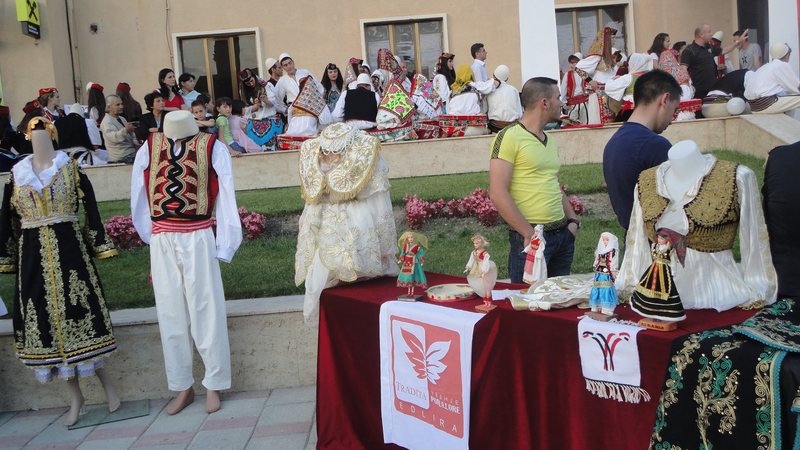Handcrafted works are considered a precious asset that reflects the values, culture, and identity of our country. Although in Fier, it seemed as if this tradition had disappeared, today, younger generations are trying to preserve it through clay work, crocheting, or even embroidery, where motifs from the past are intertwined with the present.
In the past, pottery production was one of the most important crafts to meet daily needs, including construction materials (tiles, bricks), storage containers (pitosa, amphorae), kitchen utensils, art objects, and more.
The production of tiles and bricks was also a significant craft in this area.
One of the crafts that has been inherited to this day is metalworking, which is represented by the production of iron tools, such as artisan tools for working stone, metals, carpentry, and more.
Some of the types of handicrafts that are present in Fier are:
• Wood Carving: Artistic woodwork involves integrating paper with wood, carving the wood, varnishing the unified image, painting the wood, and attaching a wall mount.
• Weaving: This is a modern craft entirely handmade. It is done by driving nails into wood and weaving with twine, which requires mastery to ensure the final piece has elegance.
• Other notable crafts in Fier include ironwork, knitting, and crochet work.
Artisans in Fier
The master of wood carving, Zisa Musha, has spent his life passionately dedicated to woodcarving. He practices the profession of carpenter inherited from his ancestors, not only finding himself in his artistic creations but also earning a living to provide a good life and education for his children.









 Rruga e Elbasanit, Pallati nr. 111,
Rruga e Elbasanit, Pallati nr. 111,